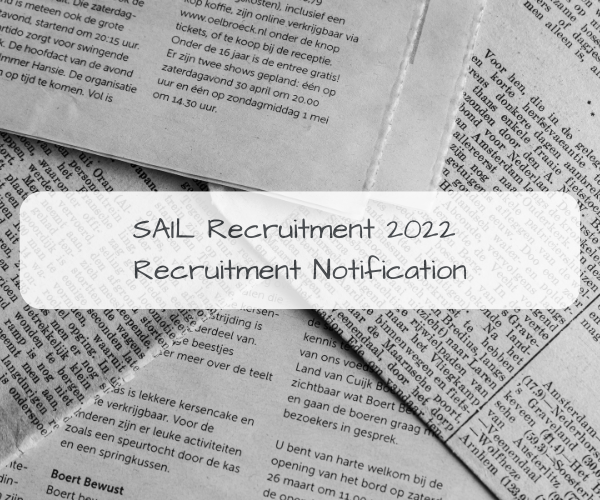Mission to Sun: Launch of Aditya L1
02-09-2023 11:18
After the successful landing of Chandrayaan-3 on the South Pole of the moon, ISRO is now ready to befriend the Sun!!
2nd September 2023… This is the same day ISRO sent its first sun mission, Aditya L1. In this blog, we will know what is Aditya L1 and its mission?
Aditya L1 is one such mission of ISRO which has been launched to study the Sun. It was successfully launched on 2 September 2023 at 11.50 am by PSLV-C57 rocket from Satish Dhawan Space Center in Sri Sriharikota.
This spacecraft will reach Lagrangian Point-1 i.e. L1 in about 120 days i.e. 4 months after launch. These 120 days will be completed on 31 December 2023. If the mission is successful and Aditya spacecraft reaches Lagrangian point 1, then this will be the second major achievement for ISRO in 2023.
What is this Lagrangian Point?
The distance between the Earth and the Sun is about 15 crore kilometers, and it takes about 8 minutes for the rays of Sun to reach the Earth.
Now the place where Aditya L1 will be deployed is called L1 point whose distance from the earth is 15 lakh kilometers. Now L of this L1 means Lagrangian !!
Joseph Louis Lagrangian was an Italian-French mathematician, after whom this point of the Sun was named Lagrangian Point, which we are also calling L1 in short! There are 5 Lagrangian points between Earth and Sun which are named L1, L2, L3, L4 and L5.
At these Lagrangian points, the gravitational force between the Earth and the sun becomes balanced and becomes centrifugal force. Now, if any object is placed at this Lagrangian point, then it can easily remain stable and it also requires less energy.
The distance of the first Lagrangian point between the Earth and the Sun is 15 lakh kilometers. Lagrangian point is a place where eclipse has no effect, that is why the sun remains visible all the time from this point and this is the reason why this point was chosen for Aditya L1.
Aditya L1 will be launched from PSLV C57 rocket and will move forward while circling in the elliptical orbit of the Sun.
Four months after launch, Aditya L1 will be placed in a hollow orbit near Lagrangian Point 1 from where this craft will study the Sun.
ISRO says that a satellite placed in a halo orbit around the L1 point can see the Sun continuously without any eclipse. With this, real-time solar activities and space weather can also be monitored.
7 payloads i.e. equipment have been installed in Aditya L-1 to study the Sun. Visible Emission Line Coronagraph (VELC), Solar Ultra-Violet Imaging Telescope (SUIT), Aditya Solar Wind Particle Experiment (ASPEX), Plasma Analyst Package for Aditya (PAPA), Solar Low Energy X-ray Spectrometer (SoLEXS), High Energy L1 Orbiting X-ray Spectrometer (HEL1OS) and Magnetometer payload.
Out of these 7, 4 equipment will analyze the charged particles coming from the Sun to the Earth and will know the answers to these questions...
How do these particles get in the Magnetic Field of Earth?
How is coronal ejection happening on the sides of the Sun, and what is its intensity?
Will study chromospheric and coronal heating, and the physics of the partially ionized plasma.
Aditya L1 will also understand the intensity of storms arising on the sides of the sun and its temperature pattern.
Will find out the effect of the rays of sun coming on the earth on the weather.
Why Is It Important to Study the Sun?
The center of the solar system in which our Earth exists is the sun. All eight planets revolve around the sun. There is life on Earth only because of the sun. Energy flows continuously from the Sun. We call these charged particles. By studying the Sun, it can be understood how changes in it can affect space and life on Earth.




